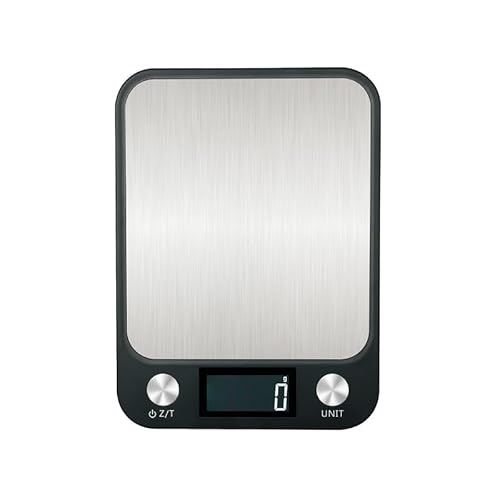It's all about balance and SoapCalc doesn't tell the whole story.
For the 100% CO soap with 20% SF, CO is a very stable oil that doesn't lend itself to rancidity. Saponified CO is extremely lathery (it even lathers in salt water - hence being used for salt bars). It also strips skin of natural oils. So the stripping quality is countered by the extra superfat to put oils back on the skin. If you put CO into a regular recipe at 40%, you'd have to put the superfat by a lot to compensate for the stripping, but those other oils in the recipe would have a tendency to go rancid, feel sticky, and the high superfat of the other oils would knock down the bubbles by a lot. Consider that 100% CO soap a specialty recipe.
Castor is a special bird... it enhances the bubbliness by strenghening the lather produced by the other saponified oils, but doesn't do much on its own. Too much and you'll end up with a soft bar that is unpleasantly sticky to use. That's why most folks keep it to around 5%... it's at it's peak helpfulness to the rest of the recipe without making things too soft (or the recipe trace too quickly).
Most recipes go for a balance between:
1. Trying to achieve bubbles
2. Making a long lasting, hard bar
3. Minimizing DOS
4. Leaving skin feeling clean and refreshed
To get those goals, regular bar soap recipes normally call for fatty acid profiles that look something like:
Oleic: 30-40ish
Palmitic: 10-20ish
Lauric: 10-15ish
Myristic: Under 10ish
Ricinoleic: 5ish (that's the castor!)
Stearic: 10ish
Linoleic & Linolenic: Combined under 15 since more than that contributes to DOS
ETA: Here's a explanation I found really helpful when crafting my own recipes:
http://summerbeemeadow.com/content/properties-soapmaking-oils
ETA (again)... the fatty acid profile isn't the whole story either. If I make my regular lard-goodness recipe and try to mimic the fatty acid profile using different oils, it's still going to feel and behave differently than my original lard recipe even if I manage to get the SoapCalc to tell me it has identical properties. The only way to know for certain is to make and test and ask other folks that have done the same.











































